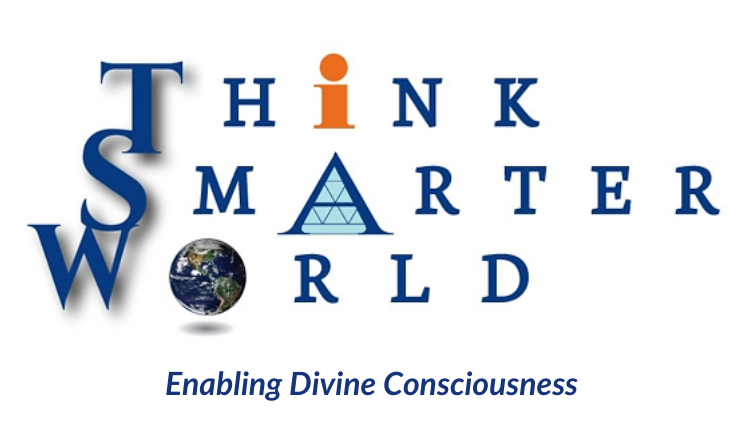I have recently been finding that simple phrase to be a very strong source of motivation. I’m captivated by its simplicity and its power. The mere saying of that phrase to any scenario that you are facing immediately takes you into the realm of possibility. And, dwelling in possibilities is where you want to be most of the time. Why, because we live in a Universe of infinite-possibilities that are available for us to access with our imaginations. What-If is the catalyst to enable us to move beyond hesitation and fear.
What-If allows us to begin the process of imagination in a way that removes limits.
If we could ask them, I have a feeling the great inventors and creators, past and present, have lived a lot of their lives in the space of What-If. In a world of too many choices, too much information, and too many ideas it’s easy to get stuck. Our minds are readily able to (consciously and subconsciously) identify the reasons why something won’t work (or already has been done) rather than giving us the reasons it could happen. Asking What-If sprays some lubricant on the creativity neurons to get them firing again and simultaneously lowers the flame of the amygdala – the seat of the fight or flight response in the brain – so that the more calm neocortex can do its work.
But What-If isn’t just for dreaming and brainstorming. It’s also a good planning tool. Asking a series of What-If’s on the same topic naturally leads you down the trail of planning out the steps to achieve your objective. The first What-If lays out the major objective. Then, you identify all the major obstacles and apply What-If solutions to all of them. In this way you continue to peel away the layers of resistance to unearth the path to achieving your desired objective.
resistance is not a stopping point, but a launching point to creative problem solving.
Gerald Nadler and William Chandon in their book Smart Questions, reveal that in their research, the best thinkers are holistic in nature and are oriented towards the future:
“They see themselves as not solving problems but creating solutions. Creating solutions is oriented towards the future. It aims to understand situations in terms of where people want to be years from now before deciding what to do today. It recognizes that problems exist in time, and so solutions must be living solutions that are adaptable, flexible, and ready to change as needs change. Solution creation is innovative as well as people centered. It is warm, fluid, and effective.”
Asking the What-If question is inherently an act of boldness. We are surrounded in our professional and personal lives with people and scenarios (including our own conscious and subconscious minds) which are very good at alerting us to why something can’t be done. The What-If is the perfect antidote to all the nay-saying. In particular, because it’s non-threatening. You are theorizing an option, a possibility. You haven’t taken a strong position or chosen a firm direction yet. Those things induce fear, so why go there right away? What-If’’s allow us to remain in the land of possibilities where creativity can bloom unfettered.
The What-If also leads us into the world of powerful manifestation. When creating intentions, when we can make them big, vivid, and daring that’s when they become really interesting. In a world full of unlimited abundance and possibilities, why would we settle for anything less? Creating What-If scenario’s leads us naturally into creating a visual representation of what we are thinking about. Once we decide that a particular What-If scenario is very appealing to us, we can set it as an intention and let the power of our thoughts attract it into reality.
Try using the power of “What-If”, I am confident you will find it empowering. In fact, you may even want to keep a notebook (or a note in Evernote) with various What-If’s you come up with and refer back to them from time to time for inspiration. I find it a very useful brainstorming and motivational tool.
~Jay Kshatri
www.ThinkSmarterWorld.com





